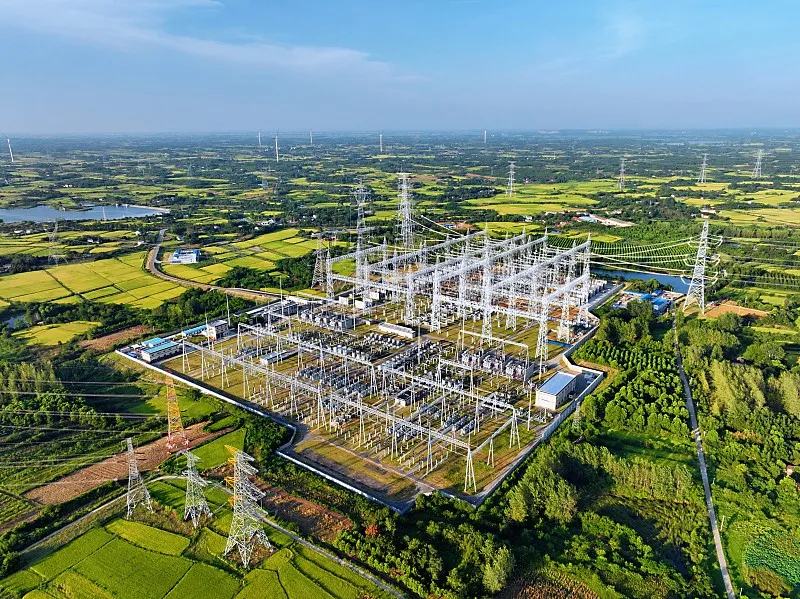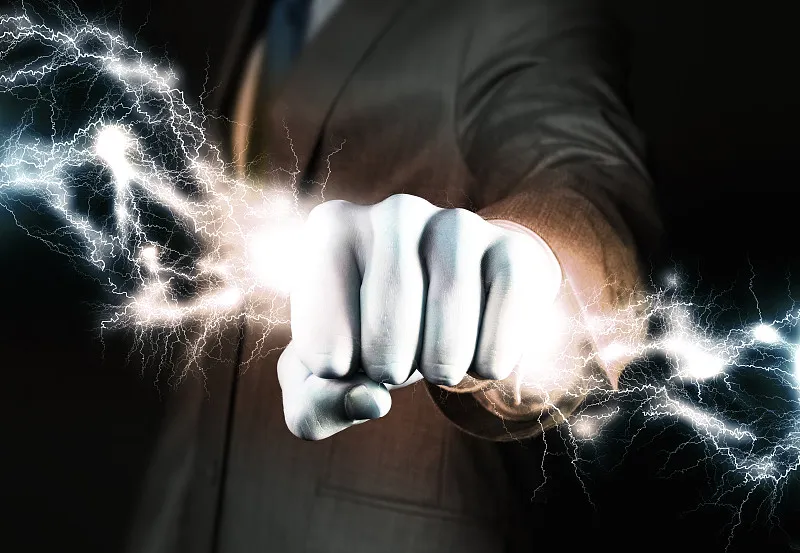Winter Preparedness: Prepping Gas Systems for Cold Weather
Critical Gas System Inspections for Winter Readiness
Proper inspections of gas systems are essential for ensuring winter readiness. As temperatures drop, the integrity of gas lines, pressure regulators, valves, and ventilation systems become increasingly crucial. These inspections not only help prevent potential failures but also maintain the safety and efficiency of the system. By addressing vulnerabilities during the inspection, one can avoid disruptions and repair costs later.
Identifying Vulnerabilities in Gas Lines
To maintain system integrity during the winter months, it's vital to identify vulnerabilities in gas lines. Begin by inspecting for leaks and physical damage using a gas leak detection spray or a simple soapy water solution. This method allows you to visually identify areas where gas may be escaping. Next, pay close attention to the joints and connections. Corrosion or wear in these areas can significantly reduce system reliability and increase the risk of gas leaks. Document all findings meticulously to create a proactive maintenance schedule. By taking these preventive measures, you can avoid sudden failures and ensure that your gas system functions optimally throughout the colder months.
Testing Pressure Regulators & Valves
Testing pressure regulators and valves is a critical step in maintaining the effectiveness of gas flow control during winter. Utilize a pressure gauge to check if regulators are functioning within their specified pressure ranges. This ensures that the gas system operates efficiently and safely. It's also important to test the opening and closing mechanisms of valves to guarantee their reliability. Refer to the manufacturer guidelines for regular testing schedules and performance metrics. Keeping these components in top condition is essential to prevent interruptions in gas flow and maintain safety standards.
Assessing Ventilation System Integrity
Ensuring the integrity of the ventilation system is crucial for health and safety during the winter season. Start by inspecting vents for blockages caused by snow or ice, as even minor obstructions can lead to serious health risks. Assess the functionality of exhaust systems to ensure harmful fumes are effectively directed outside. Tools like carbon monoxide detectors can be employed to measure air quality, ensuring adequate ventilation and protecting occupants from potential hazards. Regularly checking these systems will help maintain a healthy indoor environment and mitigate risks associated with gas use.
Winterizing Gas Appliances & Supply Lines
Insulating Exposed Pipes & Connections
Insulating exposed pipes is a critical aspect of winterizing gas lines to prevent freezing. One effective approach is wrapping the pipes in pipe insulation or heat tape, particularly those exposed to cold environments. This insulation acts as a shield against freezing temperatures, ensuring an uninterrupted gas flow. It's essential to closely inspect all connections for any gaps, which might otherwise undermine insulation efficiency. Applying sealants to these gaps ensures maximal thermal retention. Regular monitoring of insulation is advised to detect any wear or damage promptly, allowing for timely repairs or replacements to maintain optimal effectiveness throughout winter.
Weatherproofing Outdoor Gas Components
Weatherproofing outdoor gas components is essential to ensure they withstand the harsh winter elements. Covering outdoor gas appliances with protective tarps or custom-made enclosures can shield them effectively against snow and ice. Additionally, outdoor supply lines need to be buried below the frost line to prevent them from freezing, as this precaution protects the lines from the lowest seasonal temperatures. Utilizing weather-resistant fittings and accessories is vital, as they can significantly enhance the durability and longevity of outdoor gas connections, ensuring reliability even in the coldest conditions.
Lubricating Mechanical Parts for Cold Efficiency
Lubricating the mechanical parts of gas appliances ensures they remain functional and efficient in cold conditions. Cold temperatures can cause these parts to stiffen, making the application of appropriate lubricants essential for smooth operation. Key components such as valves, igniters, and fan motors should be prioritized, as these are most affected by the cold and play crucial roles in the appliance's function. It's important to adhere strictly to manufacturer guidelines regarding the type and frequency of lubrication. Regular maintenance following these recommendations can significantly extend the lifespan of the appliances, ensuring they operate efficiently all winter long.
Emergency Protocols for Gas Systems
Creating Cold-Weather Shutdown Procedures
Developing comprehensive cold-weather shutdown procedures is crucial for the safe operation of gas systems during extreme weather conditions. These procedures should be detailed, outlining each step necessary to safely deactivate gas systems to prevent potential hazards. Training staff members on these protocols ensures they are well-prepared to respond to emergencies, thereby minimizing safety risks. To maintain consistency and compliance, it's important to keep clear records of these procedures for auditing and continuous training purposes. Implementing such measures not only protects personnel but also ensures adherence to regulatory standards.
Preparing Backup Heating Alternatives
In instances where primary heating systems fail during cold weather, having backup heating alternatives in place is essential. One viable option could be the use of indoor propane heaters or small gas heaters to provide temporary warmth. Establishing a protocol that allows for a seamless transition to these alternatives, without compromising on safety, is critical. Mobile heating devices can offer efficient support to existing systems during extreme weather, ensuring that essential operations continue without interruption. This proactive approach helps in mitigating risks associated with heating outages.
Carbon Monoxide Detection Strategies
Carbon monoxide detection is a fundamental safety measure in environments where gas systems are in use. Installing carbon monoxide detectors strategically in key areas, such as bedrooms and living rooms, helps monitor air quality and alerts inhabitants to potential risks. Regular testing and maintenance of these detectors are crucial to ensure they operate effectively in detecting elevated CO levels. Developing a clear response plan for carbon monoxide alarms, including immediate evacuation procedures, ensures preparedness for emergencies. This layered safety approach protects individuals from the dangers associated with carbon monoxide exposure.
Cold-Weather Operation of Gas Heaters
Optimizing Combustion Efficiency
Maintaining optimal combustion efficiency in gas heaters is crucial, especially during cold weather conditions. Regular maintenance practices such as cleaning burners and heat exchangers help prevent soot buildup, which can significantly reduce performance and increase fuel consumption. I always recommend utilizing tools to measure combustion gases precisely, ensuring that heaters operate efficiently and safely. By adjusting burner settings according to manufacturer specifications, the best performance during cold weather can be achieved. These practices are critical for ensuring that your propane camping heater operates at its best, saving both energy and costs during the colder months.
Maintaining Safe Clearance Zones
Establishing and maintaining proper clearance zones around gas heaters is a key safety initiative to prevent fire hazards and other risks. It's crucial to educate users about maintaining these clearances, as neglect can lead to severe accidents involving combustible materials. I also regularly inspect the proximity to furniture or flammable items to ensure these safe distances are continually upheld. By adhering to established safety guidelines, one can significantly reduce potential fire hazards related to gas heaters.
Monitoring Flame Characteristics
Regularly monitoring the flame characteristics of a gas heater is essential for ensuring efficient operation and safety. A healthy flame typically appears blue and remains steady under operational conditions. By routinely checking for flame color and stability, we can quickly identify and document any irregularities, such as yellow or flickering flames, which could indicate underlying issues like incomplete combustion. For instance, using infrared thermometers to measure surface temperatures ensures the heaters are operating optimally at all times. Additionally, maintaining good sanitation by regularly cleaning burners and heat exchangers can reduce soot buildup that otherwise diminishes heater performance. Consistently monitoring these variables helps maintain gas heater safety by allowing for early detection of potential problems.
Essential Gas Heating Equipment for Winter
Propane-Powered Infrared Heating Solutions
Propane-powered infrared heaters are a smart choice for efficiently heating well-defined areas during winter. These heaters provide heat directly to objects and people, minimizing energy wastage. The portability and ease of setup make them suitable for both indoor and outdoor use. For instance, they can be easily moved from a garage to a patio, ensuring warmth wherever needed. When selecting a propane infrared heater, it's important to consider brands that offer essential safety features such as automatic shut-offs and tip-over protection to enhance user safety and peace of mind.
Compact Gas Heaters for Supplemental Warmth
Compact gas heaters are perfect for providing quick and efficient supplementary heating to small spaces, such as a office or a workshop. These small gas heaters are designed to heat targeted areas without significant energy consumption, making them cost-effective. There are various models available on the market, each with different safety features like oxygen depletion sensors and easy-to-use controls that maximize usability. Users should evaluate their specific heating requirements, such as room size and duration of usage, to select the ideal compact heater that suits their needs and environmental conditions.
Indoor-Outdoor Gas Appliances Comparison
When comparing gas appliances for indoor and outdoor use, versatility and safety should be at the forefront of consideration. Key aspects include BTU ratings, which define the heating capacity, as well as appliance size and fuel efficiency, crucial for optimizing performance in varied environments. Indoor heaters emphasize safety features like automatic shut-offs and oxygen depletion sensors, while outdoor models focus on portability and weather resistance. It's essential to guide users in choosing the right appliance by considering specific use cases, such as the desire for a permanent indoor heater versus a portable solution for outdoor patio heating. This ensures optimal function and satisfaction with their chosen heating equipment.







